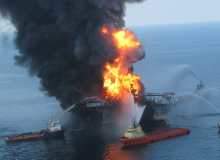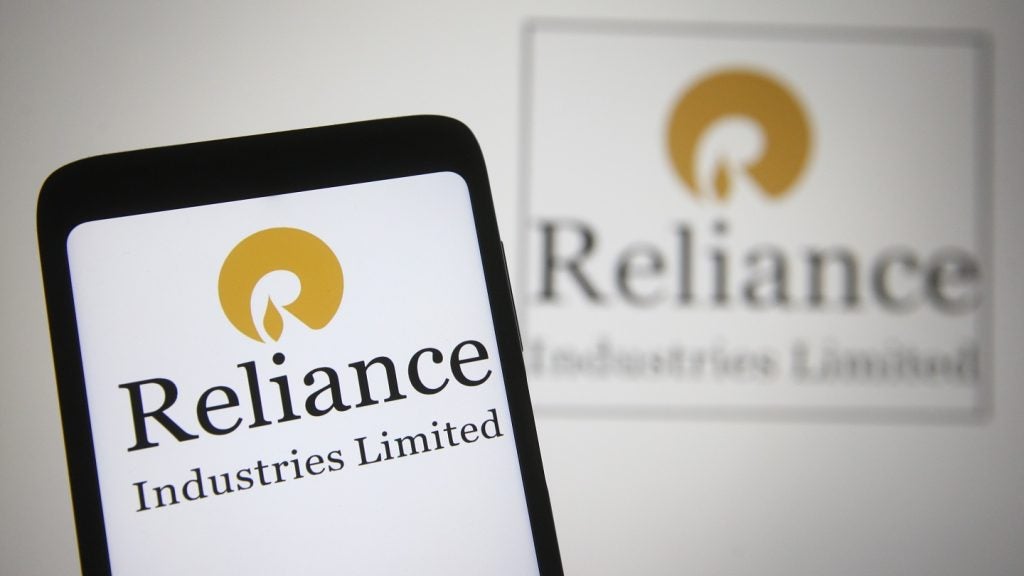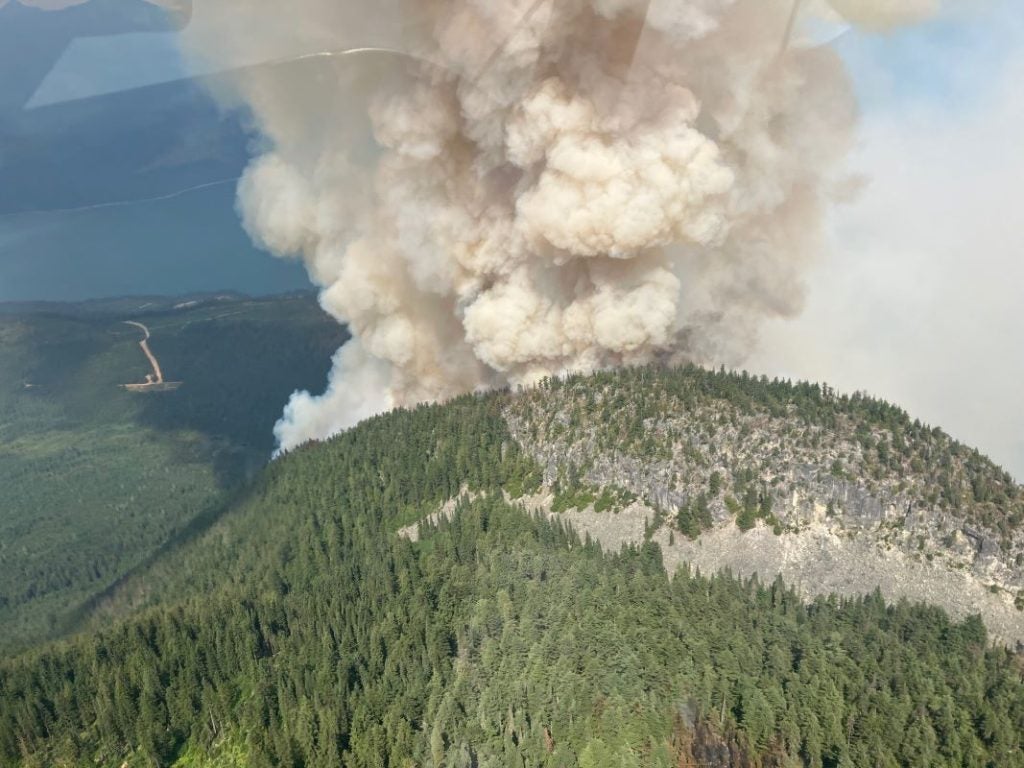
Nineteen months after the Deepwater Horizon explosion in the Gulf of Mexico, the aftermath of the catastrophic oil spill is still visible. The cleanup in the area is still underway and restoring the area will take years. The consequences of the catastrophe however will even be more perceptible for some of the companies involved in the ill-fated Macondo oil rig.
In the wake of the explosion that killed 11 people on 20 April 2010 and spilt four million of barrels of oil into the Gulf, waves of legal claims for personal injuries, environmental damages, commercial losses and wilful negligence have been presented to courts along the US Gulf Coast – all with the objective to call those responsible to account.
Now, a final report into Deepwater Horizon published by US federal investigators in September 2011 laid much of the blame at the feet of BP.
But it also holds Transocean, the owner and operator of the Deepwater Horizon rig, and Halliburton, the supplier of the cement to cap the well, responsible for some of the ‘key missteps’ in the run-up to the disastrous events.
Even though the report may only be the latest one of many more to come and also echoed what most have already suspected, there is no doubt it will have tremendous impacts on the criminal investigations surrounding the case. In the coming months and years, the involved companies will face what are set to become some of the most complex legal battles in US history. But what has so far seemed to be a one-on-one fight for BP now shifts some of the blame on to Transocean and Halliburton.
Poor rig safety
The Deepwater Horizon was "the result of poor risk management, last-minute changes to plans, failure to observe and respond to critical indicators, inadequate well control response, insufficient emergency bridge response training by companies and individuals responsible," according to the September report, issued by the Bureau of Ocean Energy Management, Regulation and Enforcement (BOEMRE) and the US Coast Guard Joint Investigation Team.
How well do you really know your competitors?
Access the most comprehensive Company Profiles on the market, powered by GlobalData. Save hours of research. Gain competitive edge.

Thank you!
Your download email will arrive shortly
Not ready to buy yet? Download a free sample
We are confident about the unique quality of our Company Profiles. However, we want you to make the most beneficial decision for your business, so we offer a free sample that you can download by submitting the below form
By GlobalDataCommissioned only days after the rig explosion, the findings blame the worst oil spill in US history on multiple factors, reflecting previously conducted reports. BP was ‘ultimately responsible’ for rig safety, but Transocean was responsible for safe operations and worker safety.
The findings suggested BP tried to cut time and money costs and made a series of decisions which endangered well safety in the days leading up to 20 April 2010. Transocean however continued to operate normally despite the encountered hazards. The lead cause of the incident was a failure of the cement at the bottom of the well to stop oil and gas from flowing up. Here, the report blames Halliburton for a poor cement job to seal the well.
The panel also found evidence that the configuration of Transocean’s general alarm system and the action of the crew on the bridge contributed to a delay in notifying the entire crew of the presence of very high gas levels on the rig, which eventually led to the two explosions.
Court battles
Subsequent to the publication of the report, experts suggested the report might offer a hint at the direction of any legal ramifications for the companies. It could have severe implications on several of the court cases, for instance the one filed by the US Department of Justice, which sued BP as well as eight other companies for billions in damages for the oil spill in December 2010.
Analysts from financial management and advisory company Merrill Lynch for instance suggested it could reduce the prospect of a single-blame gross negligence case against BP.
"We see this report (…) potentially changing the market perception on BP’s ultimate cost on Macondo. Crucially, we believe that with a number of government reports now spreading the blame between BP and its contractors, the likelihood of a gross negligence case against BP is diminishing," analysts told the Guardian newspaper.
The report is also set to be used to a great extent by corporate lawyers working on proceedings that the contractors have brought against each other. BP has sued Transocean, Halliburton, Anadarko Petroleum, which had a 25% interest in the Macondo prospect, as well as Cameron International, which designed the blowout preventer that was supposed to stop the surge of oil, to share the cost of the spill and cleanup, which had been covered by BP alone.
In October 2011, BP reached a settlement with Anadarko to straighten out all claims related to Deepwater Horizon. Under the agreement, the petroleum company will pay $4bn in a single cash payment and transfer all of its rig interest to BP. The payment will go into a $20bn trust that BP established to meet individual, business, environmental and government claims.
According to analysts the amount is less than BP might have won in court, but it also softens the blow of overall spill-related costs to the British group. Moreover and maybe more importantly, Anadarko also said it will no longer pursue allegations of gross negligence.
Transocean on the other hand announced at the beginning of November 2011 to file a motion for summary judgement in federal court over its contract with BP concerning the use of the rig. Transocean said it requested the court to "compel BP to honour its contractual obligation to defend, indemnify and hold harmless Transocean for damages associated with BP’s failure to contain flow from its Macondo well."
Looming lawsuits
Meanwhile, more than 120,000 claimants have filed lawsuits against BP and the other companies involved in Macondo rig. These civil claims have been swept into a multidistrict court case in New Orleans, Louisiana. US district judge Carl Barbier will be overseeing the case and has set 27 February 2012 as the starting date. Then the first issue is set to be tried: who was responsible for the explosion onboard the rig?
From all the cases involving BP, this one is probably the biggest and the most complex and is therefore broken down into multiple phases.
The legal proceedings are expected to eventually end up at the US Supreme Court. However, it is not the only looming case for BP in the months ahead. Three Mexican states have sued the company, and the US government has not ruled out yet filing definite criminal charges.
The news that BP will not be able to use Transocean’s insurance coverage to pay costs related to the oil spill comes therefore at a bad point in time. The company filed claims with Transocean’s two carriers, Lloyd’s of London and Ranger Insurance in 2010, seeking access to $750m in coverage under multiple policies. Transocean’s primary insurer, Ranger Insurance, opposed the claims, saying the rig owner’s contract with BP did not provide such coverage.
On 15 November, Judge Carl Barbier then ruled the two carriers do not have to pay to BP. Barbier said in a 42-page verdict: "The court finds that BP, under the drilling contract, assumed responsibility for Macondo well oil release pollution liabilities. Because Transocean did not assume these liabilities, there is no additional insurance obligation in favour of BP for these liabilities."
Return to the Gulf
But it is not all bad news for BP. On 2 November 2011, the US Coast Guard approved a plan under which the oil company will be able to end its active cleanup of the Gulf. Setting out a protocol that determines which areas still need to be cleaned and when the company’s responsibility for that will end, it focuses on restoring the areas damaged by the disaster.
The plan, which was obtained by the Associated Press in early November, also suggested the biggest cleanup efforts would be reserved for the more ‘popular’ beaches, while more oil would be tolerated on remote beaches. It also included that BP is still responsible for cleaning up thick oil in marshes. For the company this could be the long hoped-for light at the end of the tunnel of a lengthy and unwanted journey in the Gulf of Mexico.
Moreover, BP’s drilling plan for its Kaskida development in the area has recently been approved by the US Bureau of Offshore Energy Management. BP will have as many as five new rigs working in the Gulf by the end of the year and eight rigs in place by 2012, as BP CEO Robert Dudley announced at the end of October. Drilling at the first well started in early November 2011.
Earlier in August, the Obama administration rolled out a new five-year plan for selling offshore drilling leases in the Gulf. Oil companies will be able to apply for leases in the eastern Gulf of Mexico and in two unexplored areas off the northern coast of Alaska.
The government also gave BP the green light for bidding for drilling rights in the Gulf. The next sale is in December 2011, when more than eight million hectares of offshore rights will be allocated.
These events have been drawing stern criticism from environmentalists who fear a new disaster in the area. And BP can expect that its movements in the Gulf will be closely watched – not only by environmentalists but also by the US government, the public and the rest of the oil and gas industry.







